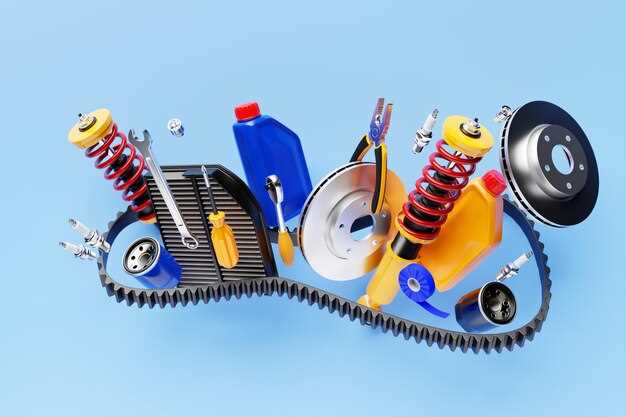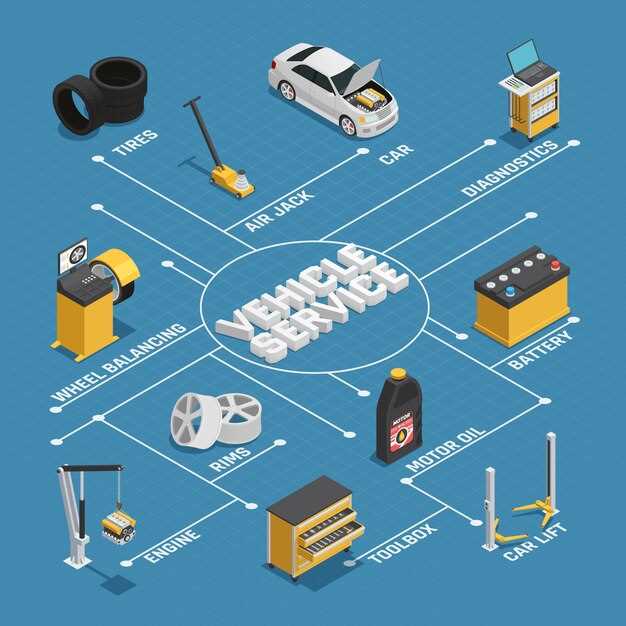
When it comes to competitive racing, the performance of a vehicle is paramount. A race-ready vehicle must not only be fast but also possess the ability to handle the rigors of the track. This involves a careful selection and integration of various components that work together to enhance speed, agility, and overall drivability.
One of the most critical aspects of a race-ready vehicle is its engine. High-performance engines provide the necessary horsepower and torque to propel the car forward at incredible speeds. Additionally, the weight distribution and materials used in the construction of these vehicles are meticulously engineered to ensure optimal handling and responsiveness.
Moreover, the importance of aerodynamics cannot be overstated. A well-designed aerodynamic profile reduces drag and increases stability at high speeds, which is essential for maintaining control in competitive environments. Coupled with advanced suspension systems and tires specifically designed for racing, these components collectively contribute to a vehicle’s ability to perform exceptionally under pressure.
In summary, the key features of a race-ready vehicle encompass a harmonious blend of performance, engineering, and technology. Understanding and optimizing these components is crucial for any team aiming to secure victories on the racetrack.
Optimizing Aerodynamics for Maximum Speed
Aerodynamics plays a crucial role in enhancing the performance of racing vehicles. By reducing drag and optimizing airflow, engineers can significantly improve speed and handling. One primary approach involves shaping the vehicle’s body to minimize air resistance. A streamlined profile allows for smoother transitions as the car moves through the air, thereby decreasing turbulence and drag forces.
Another consideration is the underbody design. A flat underfloor helps channel airflow efficiently, reducing wake turbulence and lowering drag. Utilizing diffusers at the rear can also boost downforce, further enhancing grip without compromising speed.
Fluid dynamics simulations and wind tunnel testing are instrumental in optimizing aerodynamic designs. These technologies provide valuable insights into airflow patterns and allow for iterative improvements. The key is to constantly refine the vehicle’s shape and components to secure maximum performance on the racetrack.
In summary, investing in aerodynamic optimization is vital for achieving competitive racing speeds. By understanding and implementing effective aerodynamics strategies, race-ready vehicles can reach their full potential, embodying the perfect blend of speed and performance.
Essential Racing Components for Enhanced Performance

In the quest for superior performance on the racetrack, selecting the right components is crucial. These key racing components can significantly impact a vehicle’s speed, handling, and overall capability.
Powertrain is the heart of any racing vehicle. High-performance engines, often turbocharged or supercharged, provide the necessary horsepower and torque required for competitive racing. Coupled with advanced transmission systems, such as dual-clutch or sequential gearboxes, they ensure rapid gear shifts and optimal power delivery to the wheels.
Suspension systems play a vital role in maximizing grip and stability. Adjustable coilovers and dynamic damping systems can be fine-tuned to suit track conditions, providing the driver with enhanced control during high-speed cornering and braking. Lightweight materials, such as carbon fiber and aluminum, are often incorporated to reduce weight without compromising strength.
Braking systems are equally important for achieving maximum performance. High-performance brake pads, rotors, and calipers enhance stopping power and fade resistance. Utilizing ventilation and cooling technologies minimizes overheating during intense races.
Wheels and tires form the critical contact patch between the vehicle and the track. Racing wheels are often lightweight and designed to reduce rotational mass, while performance tires offer superior grip and handling characteristics. Specific tire compounds are engineered to optimize performance under various racing conditions.
Aerodynamic components also play a significant role in a vehicle’s performance. Front splitters, rear wings, and diffusers are designed to manage airflow effectively, reducing drag and increasing downforce. This added downforce enhances stability at high speeds, improving cornering performance.
Integrating these essential racing components can lead to substantial enhancements in performance, tailoring the vehicle to meet the specific demands of the track. Each element works in concert with others, ensuring that every aspect of the vehicle is optimized for peak racing capabilities.
Tuning and Setup Strategies for Track Readiness

Achieving optimal performance on the track requires an understanding of tuning and setup strategies that directly impact a vehicle’s capabilities. Each component must work harmoniously to enhance speed, handling, and overall efficiency.
Suspension Tuning is vital for maintaining traction and stability. Adjustable coilovers allow for precise control of ride height and damping settings, ensuring the vehicle can adapt to varying track conditions. A stiffer setup may improve cornering response but can sacrifice comfort, making it essential to find a balance based on track layout and driving style.
The alignment settings also play a critical role in performance. Adjusting camber can enhance tire contact during cornering, while toe settings influence straight-line stability. Drivers should fine-tune these angles based on their specific track needs, prioritizing handling and tire wear.
Weight Distribution affects a vehicle’s dynamics significantly. Placing heavy components, such as the battery or fuel tank, strategically can enhance balance, especially during cornering. Utilizing lightweight materials for body components also aids in reducing overall mass, improving acceleration and braking performance.
Engine Tuning is another critical component. Optimizing air-fuel mixtures through ECU remapping can lead to significant gains in power and efficiency. Upgrading exhaust systems will enhance airflow, contributing to improved engine responsiveness. Furthermore, ensuring that cooling systems are efficient prevents overheating, maintaining performance during long track sessions.
Lastly, tire selection and pressure management are essential for achieving the best grip. Choosing tires suited for the specific track conditions can dramatically influence lap times. Proper tire pressure should be constantly monitored and adjusted to achieve optimal contact patches, ensuring that each component works in unison for peak performance.



